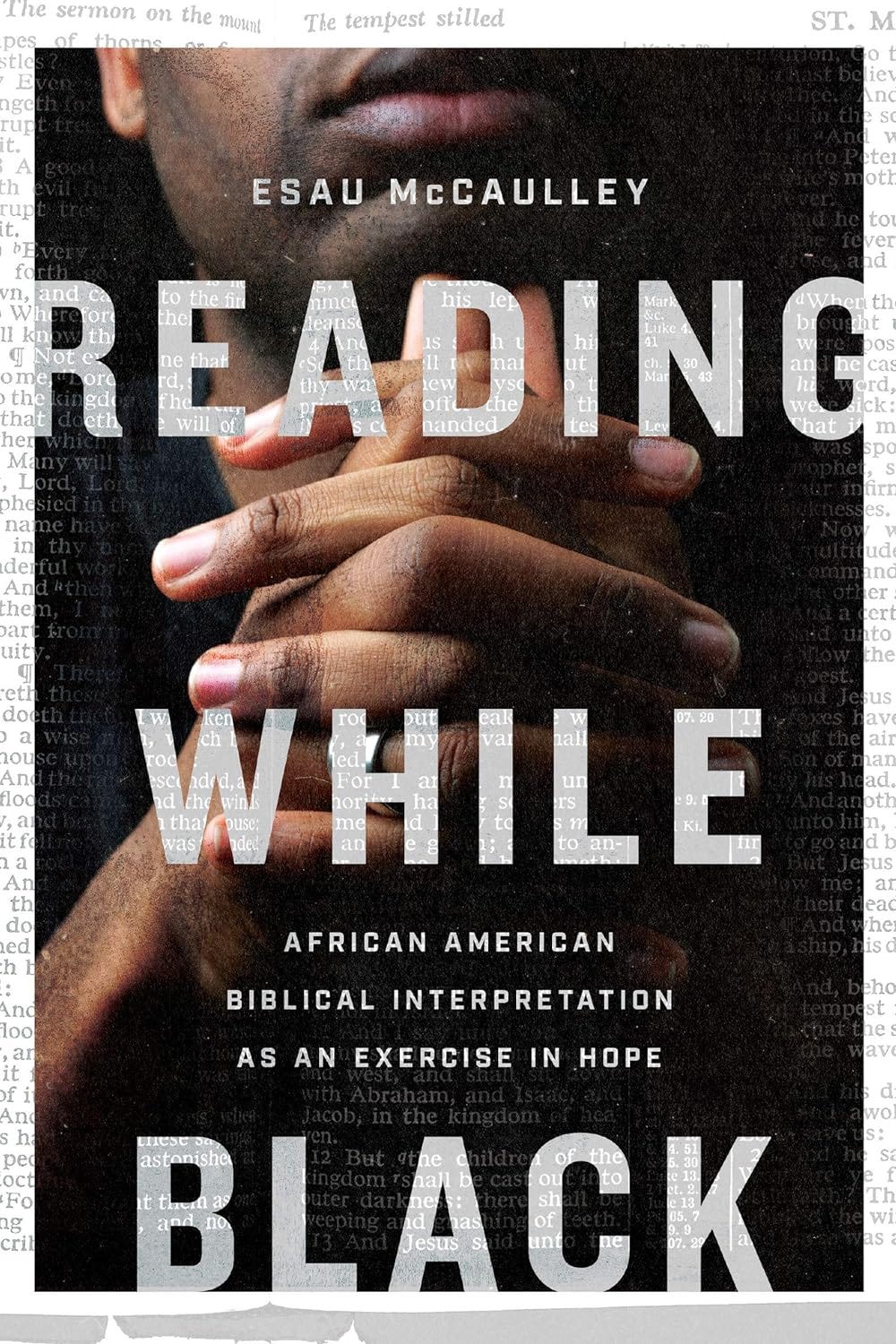Part three ended up longer (and developed slower!) than I anticipated, so I’ve decided to finish up next week with a fourth part. Thanks for your patience, dear readers. This is where things get really interesting. I think you’ll appreciate the need to give my critical engagement here plenty of room to breathe.
In part three, I discuss my major concern with McCaulley’s argument.
So far, I’ve reviewed how Black ecclesial interpretation is an approach in which Black orthodox Christianity operates as a social location. The major problem that besets Reading White Black is a persistent ambiguity about what Blackness entails. This is a common difficulty with located or “interested” readings: they tend to speak for a class of people as though it has one perspective that needs little specification.1
The core issue is essentialism.
The term Blackness inscribes an essentializing claim. Of course, in the American context, it represents a history of “racial” discrimination that functions precisely to essentialize a diverse group of people on the basis of skin color. I put racial in scare quotes because race is an invention with no basis apart from the will to impose discriminatory categorization. So, to be clear, European slave traders started the essentialization game in this regard, and history has reified the distinctions. McCaulley is writing about and for Black churches whose history is, therefore, distinctive because of racism, but not because race refers to anything more than an arbitrary and financially motivated social categorization.
Keep reading with a 7-day free trial
Subscribe to Theology on the Way to keep reading this post and get 7 days of free access to the full post archives.





